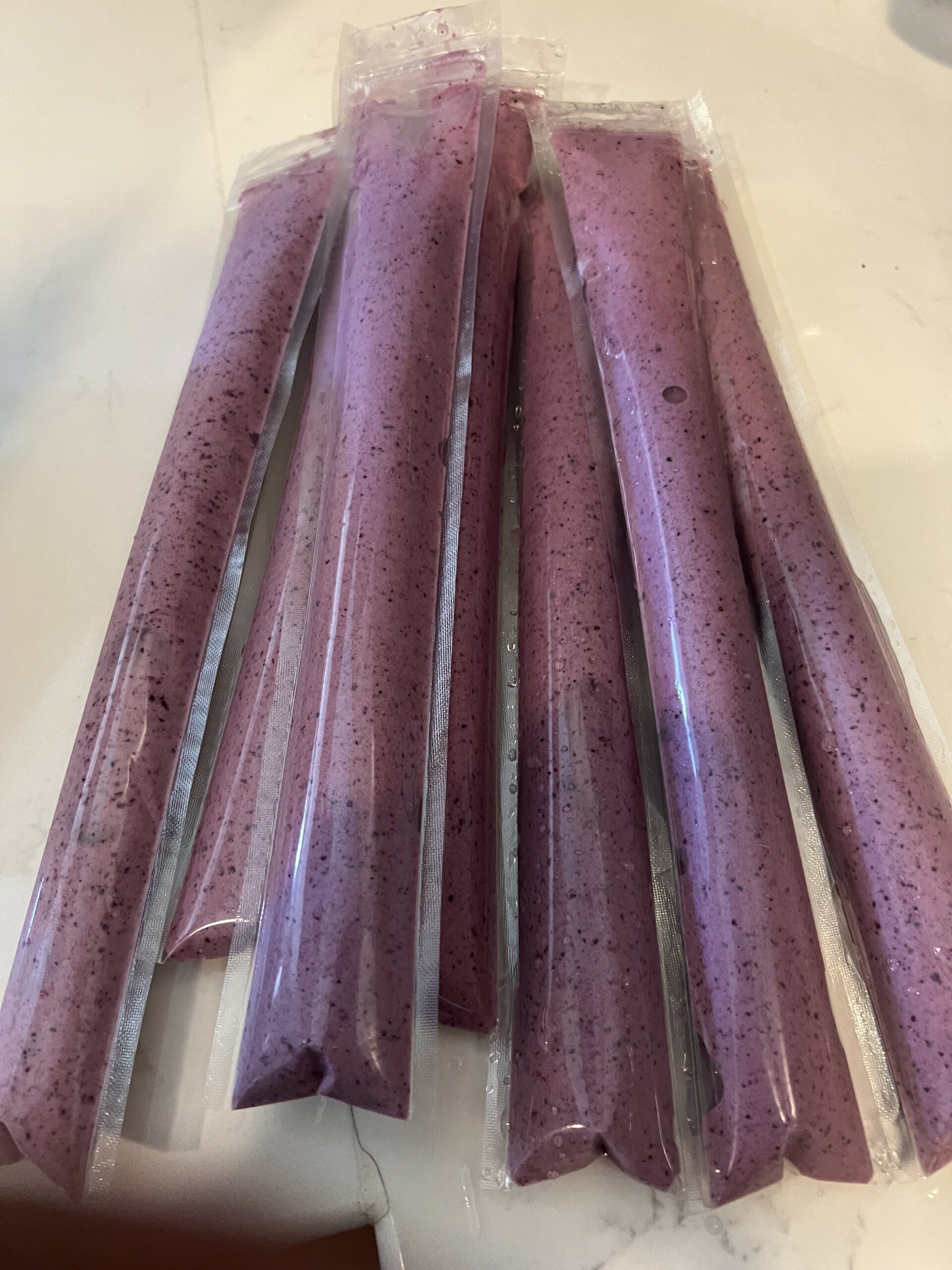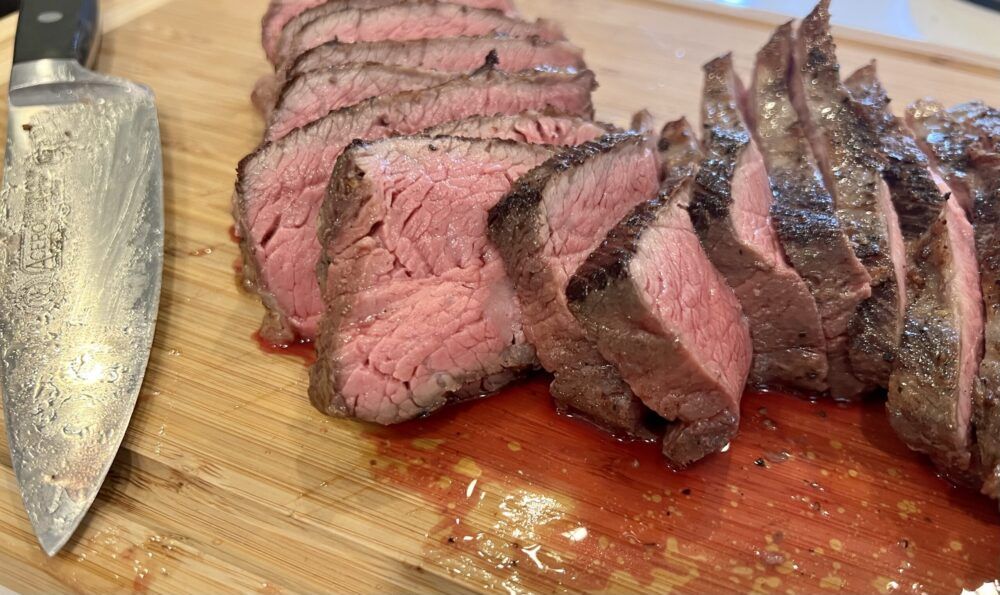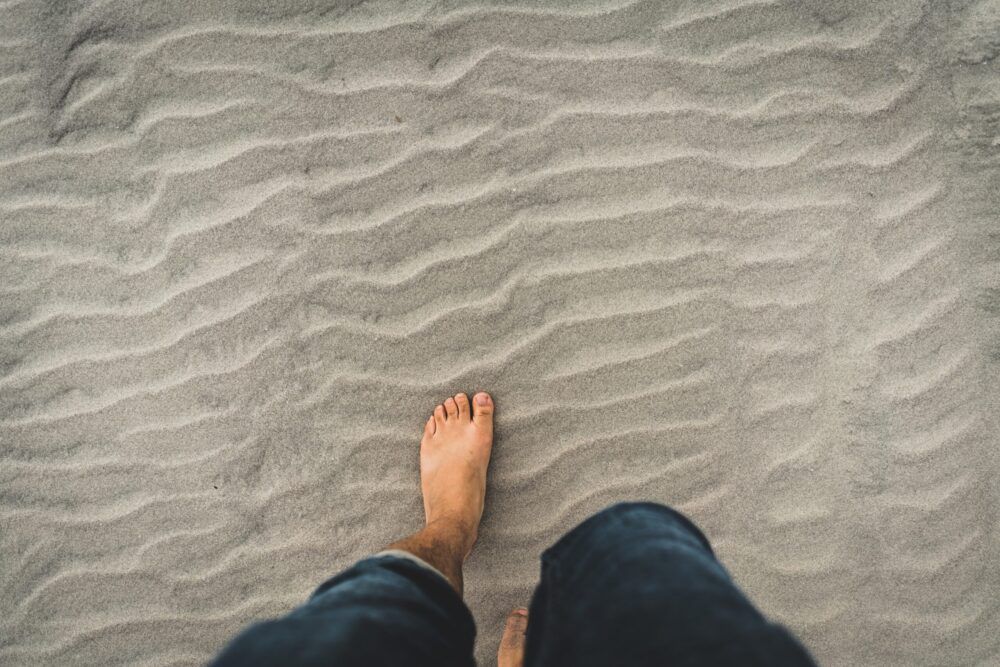Discovering the Sourdough Magic
Recently, I’ve taken a deep dive into the world of sourdough and in many ways reminds me of my days spent in front of a chemistry hood. The only difference? This time, my experiment ends with the reward of a tangy, mouth-watering loaf of bread.
Sourdough Starter: The Beginning of Everything
Everything begins with the sourdough starter—a mix of flour and water that, when left undisturbed, kicks off a process of fermentation. The flour and water concoction attracts wild yeasts and friendly bacteria from the environment, turning it into a bubbling brew. These tiny microbes munch on the sugars in the flour, producing carbon dioxide, ethanol, and lactic acid. It’s the carbon dioxide that gives the bread its airy texture, while the ethanol and lactic acid lend it that unique, tangy taste.
Precision is Key
As with any good science experiment, precision is key. The more precise you are with your process, the more consistent and reproducible your sourdough will be. There’s a certain balance of temperature, time, and measurements that, when done just right, yields the perfect loaf every time.
Environmental Influence and Historical Starters
Fun fact: every sourdough starter is a reflection of its environment. A starter in San Francisco, for instance, will contain different microbes than one from New York, resulting in a subtle but distinct difference in the taste and texture of the bread. The Yukon Sourdough Starter, for instance, has been continuously used since the Klondike Gold Rush in the late 19th century. And then there’s the ‘Mother Dough’ from Boudin Bakery in San Francisco, which dates back to the California Gold Rush in 1849. They’ve fed and maintained it for over 170 years, making it one of the oldest known starters in the country.
So, as I nurture my own sourdough starter, I realize I’m not just baking bread. I’m creating a legacy, a delicious blend of chemistry, history, and art, all kneaded into one crusty, flavorful loaf. (This is a bit of a joke but the history is pretty interesting)
Tools of the Trade
I bought these reusable containers which I find very useful for having various sour dough starter batches going given the wide mouth.

I want to give a shout out to my buddy Rich from The Wisemen Project he’s been in the Sourdough game for awhile and made some good recommendation (e.g. using Rye Flour instead of All-Purpose)
Here is the Rye Flour that I use:
Sourdough Starter
Ingredients
- 50 g Organic Rye Flour
- 50 g Filter Water
Instructions
- Day 1: Mixed 50g of warm filtered water and 50g of organic rye four together thoroughly so no dry flour is remaining. Consistency islike a paste or thick batter. For the container you can use a mason jar or I purchased these plastic containers which work well. Store in a warm area. Ideally ~70-75 degrees. The oven (when it’s not on is often a good place if your house is cold)
- Day 2 (24h later): Discard half the mix and repeat the steps above (50g water and 50g organic rye flour). Don’t expect anything to look differentyet. It takes a few days for the yeast to get going. As with above, store ~70-75degrees for another 24h
- Day 3-8: Repeat the process as described for Day2. At this point the starter should have a sour/tangy smell and should have air bubbles. At this point your starter should be mature and ready for baking




